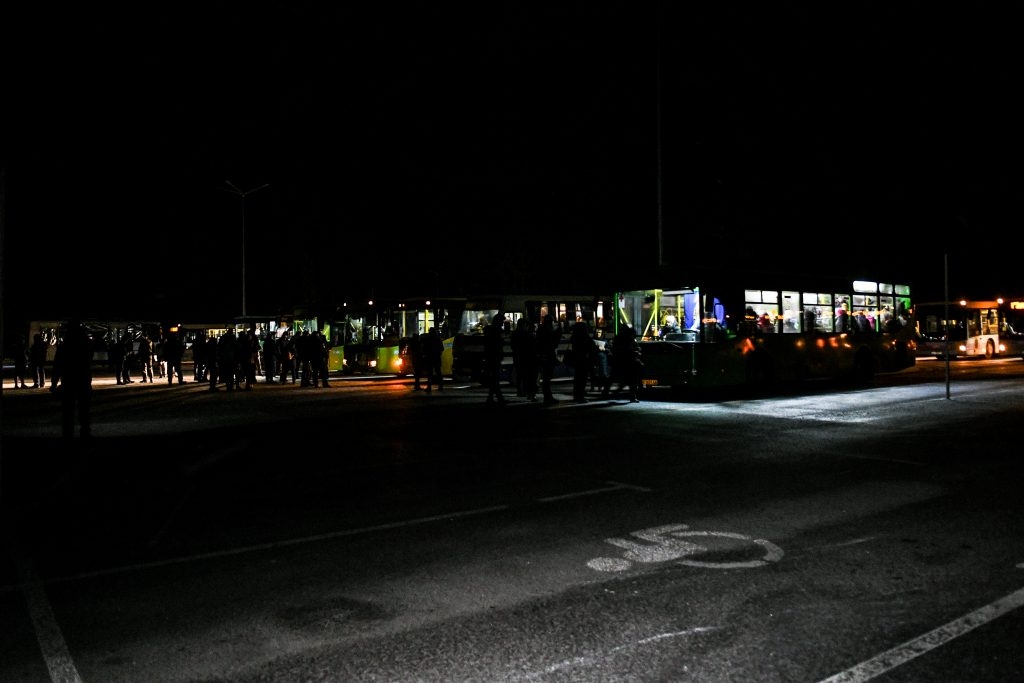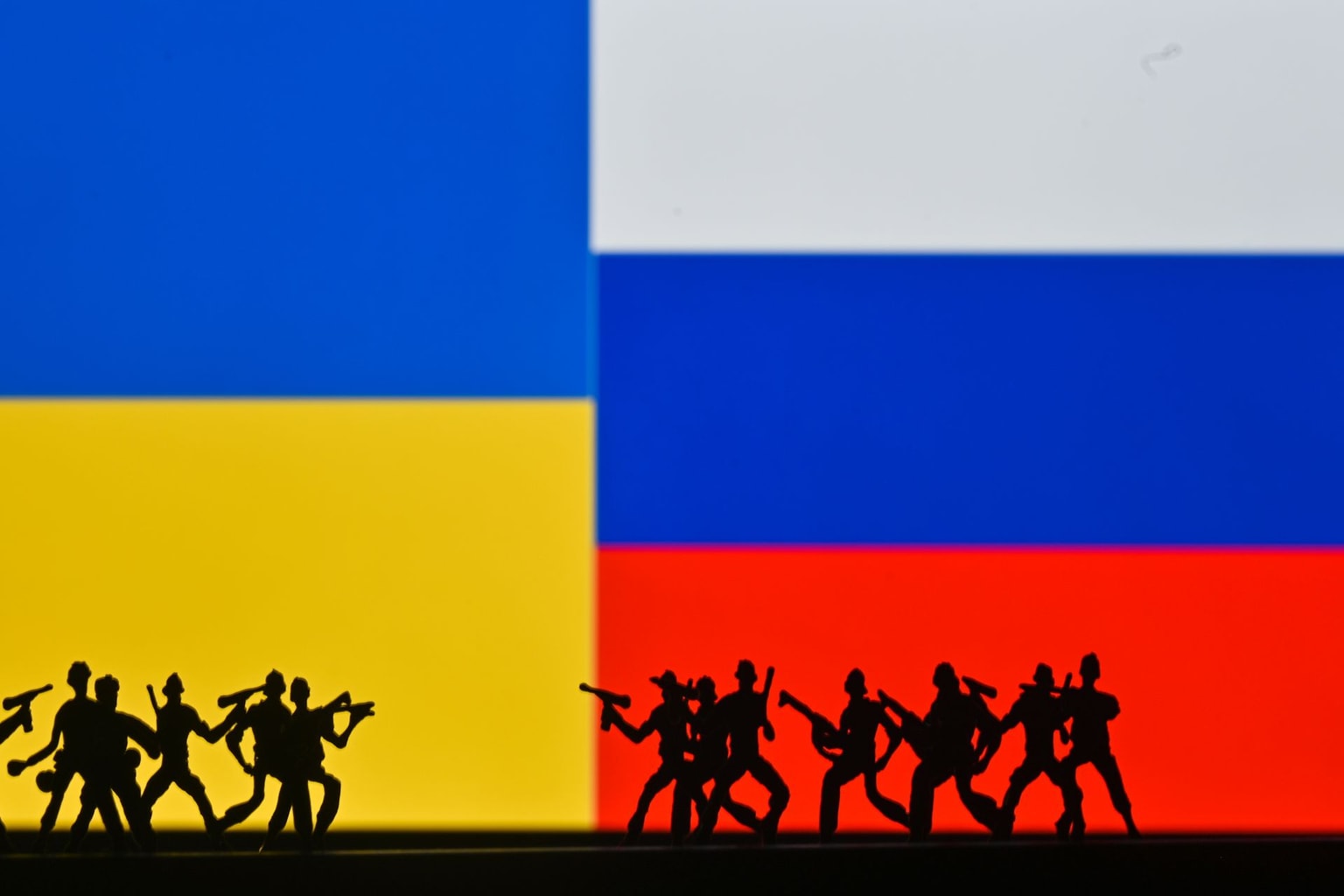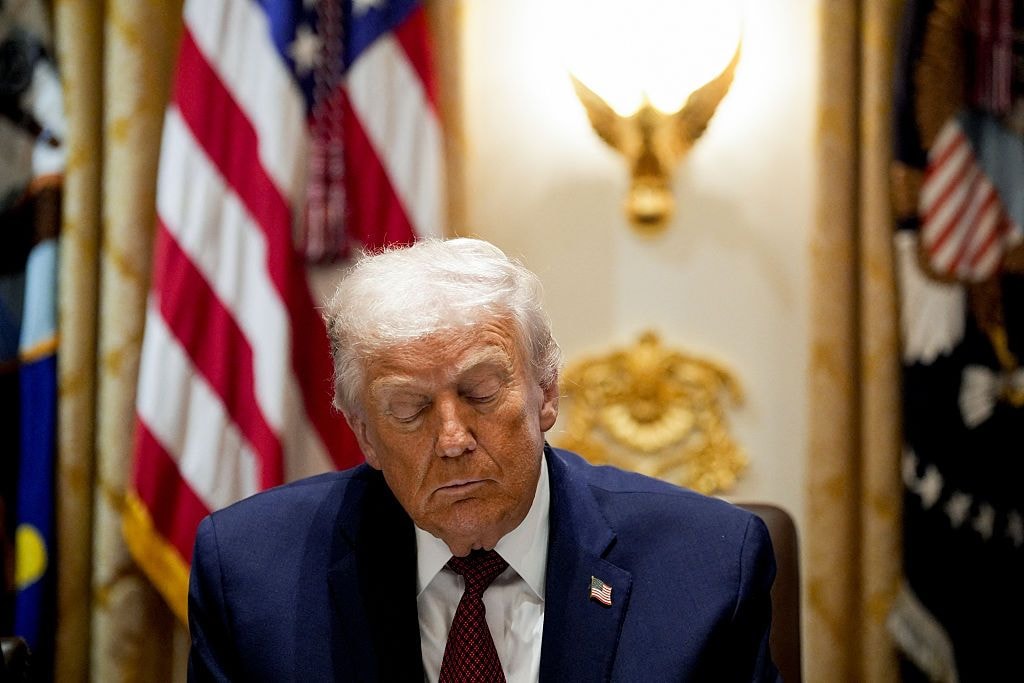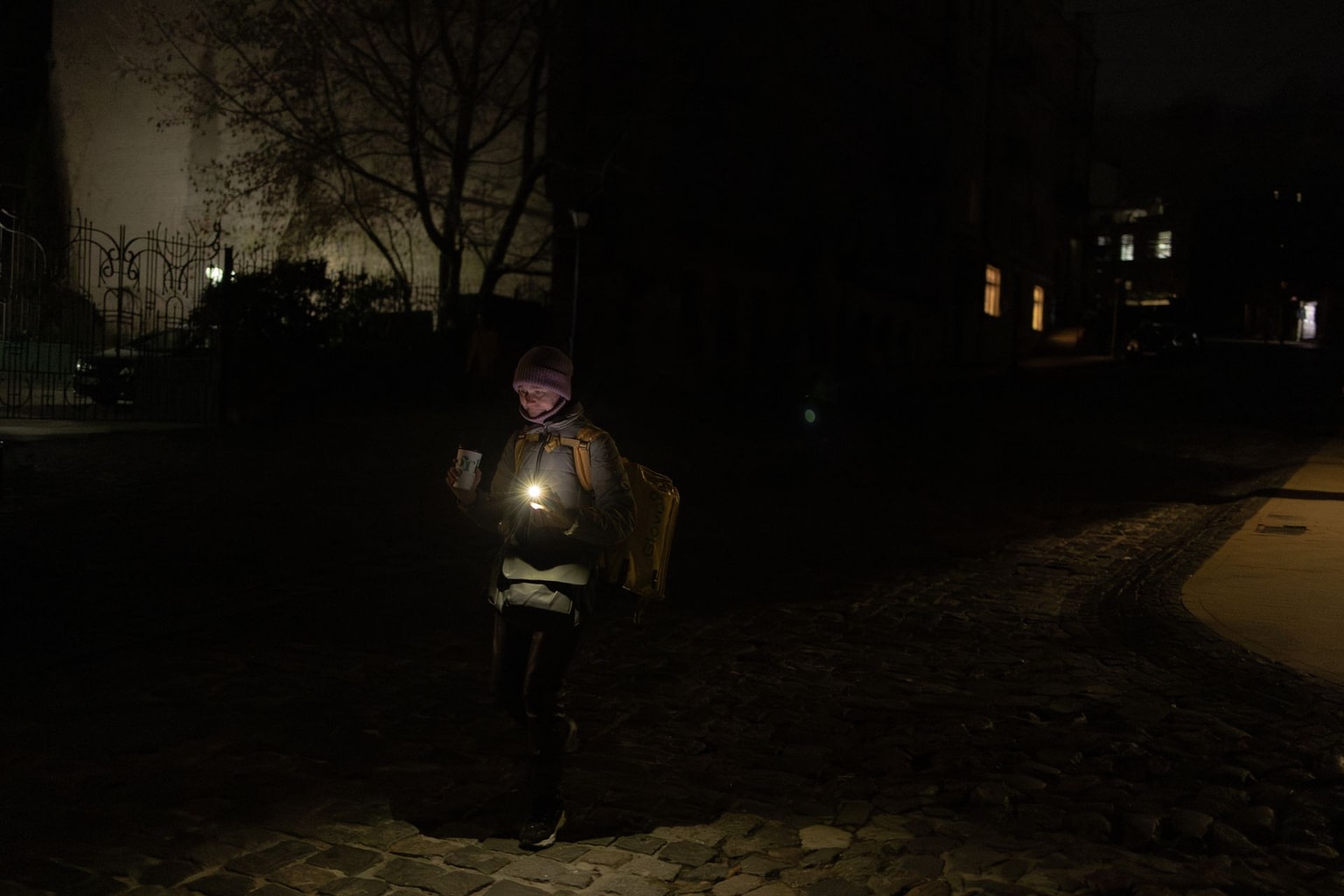Ukraine evacuates 48,000 people, many still in dire conditions amid Russian attacks

The day of March 9 started with the Ukrainian authorities making a hopeful announcement that they expect a temporary ceasefire to evacuate civilians from 10 Ukrainian cities, the besieged ones and those that have been hot spots of Russia’s war.
According to Kyrylo Tymoshenko, deputy head of the Ukrainian presidential office, the authorities have successfully evacuated 48,000 people, mainly from Kyiv Oblast and the cities of Sumy and Enerhodar.
But as Russia continues to violate the agreed-upon temporary ceasefires in many other areas, millions are still trapped in dire conditions across the country.
Renewed efforts to rescue civilians from increasingly dire conditions took place on March 9 as both sides pledged to respect the truce starting at 9:00 a.m.
The 12-hour humanitarian corridors aimed to allow civilians to escape from Sumy in the northeast, Mariupol and Enerhodar in the south, Volnovakha in the southeast, Izium in the east, and several cities on the outskirts of Kyiv, including Irpin, Bucha and Hostomel.
It is not clear whether anyone was able to leave Mariupol, seen as the most urgent evacuation.
For over a week, civilians in the besieged port city of Mariupol have been anxiously waiting for news of evacuation efforts as they shelter under bombardment without water, power or heat.
On March 9, a Russian airstrike severely damaged a pediatric and maternity hospital in Mariupol in spite of the ceasefire, according to the city council. At least 17 civilians were injured, local official Pavlo Kyrylenko said.
Ukraine’s Foreign Minister Dmytro Kuleba described the current conditions in Mariupol as “apocalyptic,” and said on Twitter that as of March 9, there are almost 3,000 newborn babies who lack medicine and food in the city.
“Russia continues to hold more than 400,000 people hostage in Mariupol, blocking humanitarian aid and evacuation,” he said. “Indiscriminate shelling continues.”
Many tried to leave a day prior as well but Ukraine said the evacuees came under Russian fire. On the same day, President Volodymyr Zelensky also announced the death of a six-year-old girl that day, who died of dehydration in Mariupol. He said that the exact size of the death toll in the city is unclear.
According to the United Nations, over 500 civilians have been killed in Ukraine. As of March 9, the United Nations Office for Human Rights had recorded 1,424 civilian casualties, 516 killed, including 37 children, and 908 injured. The organization believes that the actual figures are “considerably higher, especially in government-controlled areas.”
The State Emergency Service of Ukraine reported a week ago that over 2,000 civilians have been killed since Russia unleashed a full-scale invasion of Ukraine on Feb. 24.

Also on March 9, civilian evacuation efforts in other cities including those on the outskirts of Kyiv have been hampered by continued fire by the Russian troops.
Despite the mutual agreement to open evacuation routes near Kyiv, renewed fighting stopped the movement out of the besieged city of Bucha and an adjacent town by late afternoon, where 50 buses were left stranded with more reports of civilian deaths during the evacuation.
According to the local authorities in Bucha, the Russian military have been shelling residential buildings, cars, and shooting at civilians, not sparing children. There is also no access to water, heating, electricity, internet, and food, the city council said.
Only one mass evacuation of civilians has proven to be successful so far, the one that took place in Sumy, a regional capital in northern Ukraine.
According to Tymoshenko, 43,000 out of the 48,000 people who have been evacuated were from Sumy. The evacuees include 1,700 foreign students, who have been transported, along with others, to Poltava located further to the west.
Though Sumy remains under the Ukrainian control, the city has recently seen a brutal attack that prompted many to leave. On the night of March 8, the Russian airstrike targeting residential buildings in the city killed 22 people, including three children, Sumy Oblast Governor Dmytro Zhyvytskyy said.
During the third round of Ukraine-Russia peace talks on March 7, the Russians proposed evacuation routes leading to Russia and its ally Belarus. Zelensky called the offer “cynicism,” while also accusing them of mining aid supply routes.
A small amount of progress regarding logistics of humanitarian corridors has been made during the recent round of negotiations, according to Zelensky’s adviser Mykhailo Podolyak.
Arguments over routes and allegations of breaches have made it difficult to establish the humanitarian corridors which both sides had agreed to set up during the second round of the talks held on March 3.
While Russia continues to thwart wider civilian evacuations from bombarded cities in Ukraine, efforts to open more attempts to open humanitarian corridors are expected to take place.
Kuleba will be meeting his Russian counterpart Sergey Lavrov in Turkey on March 10.










